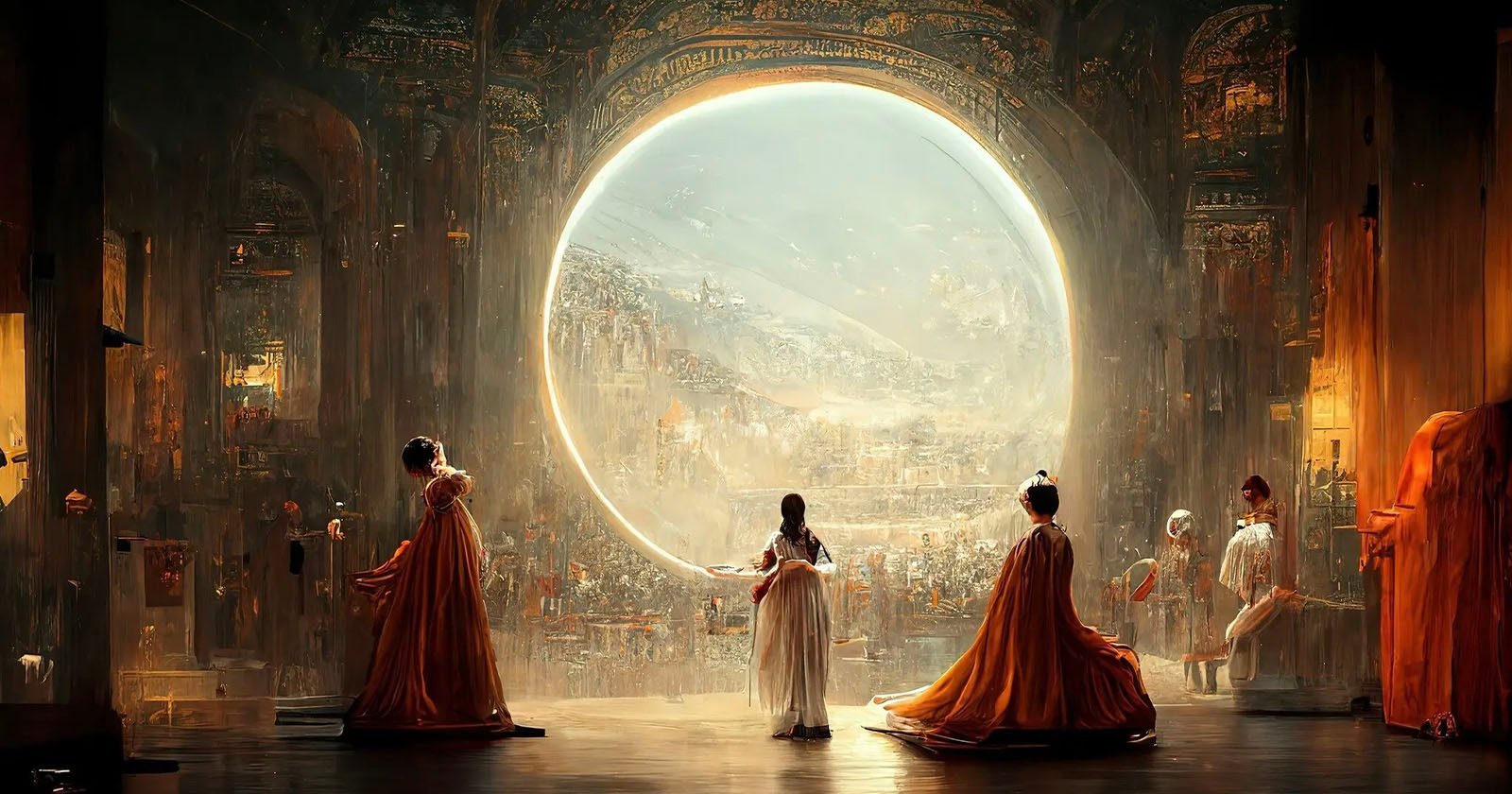An artist who infamously duped an art contest with an AI image is suing the U.S. Copyright Office over its refusal to register the image’s copyright.
In the lawsuit, Jason M. Allen asks a Colorado federal court to reverse the Copyright Office’s decision on his artwork Theatre D’opera Spatialbecause it was an expression of his creativity.
Reuters says the Copyright Office refused to comment on the case while Allen in a statement complains that the office’s decision “put me in a terrible position, with no recourse against others who are blatantly and repeatedly stealing my work.”



Your words.
Yes, he wanted a blue streak in the upper left. That doesn’t mean he intended every last drop of blue paint exactly as it landed. He is nevertheless responsible for every drop of paint, because he controlled the paintbrush and he is the one who caused them to fall where they fell.
Likewise, a surgeon wants to cure a patient with a scalpel. He doesn’t necessarily intend every complication that happens to the patient. He is nevertheless fully responsible, because he fully controlled the scalpel that caused those complications.
Your logic literally applies the exact same to ai generated art. It’s quite clear you haven’t even tried it if you think that the artists are just asking for an entire image and then saying “all right. I’m all done here”.
Listen. I don’t think ai art should have a copyright either, but it has absolutely nothing to do with the logic you’re coming up with. Control net (or even just basic Adobe Photoshop now) allows anyone to do exactly what you are saying a “real” artist does.
The basic legal test has to do with control over the output. A prompt is not control. If you tell Stable Diffusion “draw a dog playing chess” then you do not control the creative choices made in the image. Thus, they are not protected.
That’s why Pollock paintings can be copyrighted: the key creative choices were controlled by Pollock. He wanted some blue streaks in one area and some red streaks in a different area.
To the extent that AI output can be controlled, it can be copyrighted. If you take a photo and tell an AI, “desaturate this photo” then there is only one possible outcome. The lack of color in the product was fully under your control. Likewise if you say, “Copy dog.gif from my Documents folder to the bottom left corner of the image”.
On the other hand if you say, “Add a dog to the image”, then not so much. Who determined what the dog would look like? Not you. So the dog is in the public domain.
And once in the public domain, it will likely remain there even if you iterate your prompts, like “Elongate the snout and widen the eyes”. For the same reason you generally cannot copyright an image of the Mona Lisa with minor alterations.